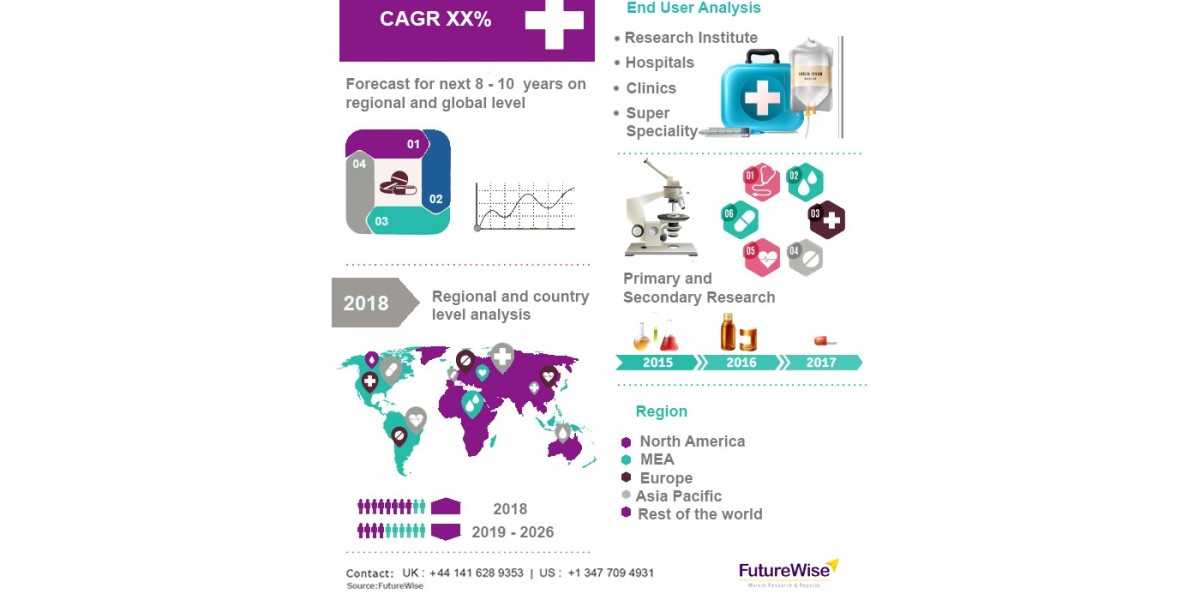In today's digital age, the landscape of healthcare delivery is undergoing a profound transformation with the advent of telemedicine platforms. Telemedicine, also known as telehealth, leverages technology to enable doctors to provide remote medical consultations and services to patients, regardless of their location. This innovative approach to healthcare delivery offers numerous benefits, including increased access to care, improved patient outcomes, and greater efficiency for healthcare providers. In this comprehensive guide, we will delve into the world of telemedicine platforms for doctors, examining their key features, benefits, and how they are revolutionizing the practice of medicine.
Understanding Telemedicine Platforms for Doctors
Telemedicine platforms for doctors are software solutions designed to facilitate remote medical consultations and interactions with patients. These platforms offer a wide range of features and functionalities, including video conferencing, secure messaging, electronic health record (EHR) integration, and virtual appointment scheduling. By leveraging telemedicine technology, doctors can connect with patients in real-time, diagnose medical conditions, prescribe treatments, and provide ongoing care without the need for in-person visits.
Key Features to Consider
Video Conferencing: High-quality video conferencing capabilities are essential for conducting remote medical consultations effectively. Telemedicine platforms should offer clear audio and video streams, as well as secure connectivity to protect patient privacy and confidentiality.
Secure Messaging: Secure messaging features enable doctors to communicate with patients securely and confidentially via text-based chat. This feature allows doctors to answer patient questions, provide medical advice, and share test results or treatment plans between appointments.
Electronic Health Record (EHR) Integration: Integration with electronic health record systems allows doctors to access patient medical records, review past treatments, and update documentation seamlessly during telemedicine consultations. This ensures continuity of care and compliance with regulatory requirements.
Virtual Appointment Scheduling: Virtual appointment scheduling tools streamline the process of booking and managing medical appointments. Doctors can use telemedicine platforms to offer flexible scheduling options, send appointment reminders, and manage patient waitlists efficiently.
Prescription Management: Prescription management features enable doctors to prescribe medications electronically and send prescriptions directly to pharmacies for fulfillment. Telemedicine platforms should offer secure e-prescribing capabilities to streamline medication management and enhance patient convenience.
Remote Monitoring: Some telemedicine platforms offer remote monitoring capabilities that allow doctors to track patient vital signs, symptoms, and health metrics from a distance. This enables doctors to monitor patient progress, identify potential health issues early, and intervene as needed to optimize patient outcomes.
Benefits of Telemedicine Platforms for Doctors
Expanded Reach: Telemedicine platforms enable doctors to reach patients in remote or underserved areas, expanding access to medical care and reducing geographic barriers to treatment.
Improved Efficiency: Telemedicine platforms streamline the healthcare delivery process, reducing administrative burdens and enabling doctors to see more patients in less time.
Enhanced Patient Engagement: Telemedicine platforms facilitate communication and collaboration between doctors and patients, promoting active participation in healthcare decision-making and treatment planning.
Cost Savings: Telemedicine can be more cost-effective than traditional in-person medical visits, as it eliminates expenses such as travel, parking, and facility overhead.
Flexibility: Telemedicine platforms offer doctors flexibility in scheduling appointments, allowing them to provide care at times that are convenient for both themselves and their patients.
Top Telemedicine Platforms for Doctors
Doxy.me: Doxy.me is a simple and secure telemedicine platform that offers HIPAA-compliant video conferencing, secure messaging, and virtual waiting rooms for doctors and patients.
Teladoc Health: Teladoc Health is a global leader in virtual care delivery, offering telemedicine services for medical, mental health, and dermatology consultations. It provides 24/7 access to licensed doctors via video, phone, or secure messaging.
Amwell: Amwell is a leading telemedicine platform that connects patients with board-certified doctors for virtual medical consultations. It features a user-friendly interface, secure messaging, and integration with health insurance providers.
MDLive: MDLive provides telemedicine services for medical and behavioral health consultations, including therapy, psychiatry, and dermatology. It offers video visits, phone calls, and secure messaging with board-certified doctors.
PlushCare: PlushCare offers virtual visits with primary care doctors for a wide range of non-emergency medical conditions. It provides same-day appointments, electronic prescriptions, and follow-up care via video conferencing or phone calls.
Conclusion
In conclusion, telemedicine platforms for doctors represent a transformative innovation in healthcare delivery, offering numerous benefits for both doctors and patients. By leveraging telemedicine technology, doctors can provide high-quality medical care remotely, reaching patients wherever they are and whenever they need it. As telemedicine continues to evolve and expand, it promises to revolutionize the practice of medicine, improving access to care, enhancing patient outcomes, and transforming the healthcare experience for individuals around the world.








